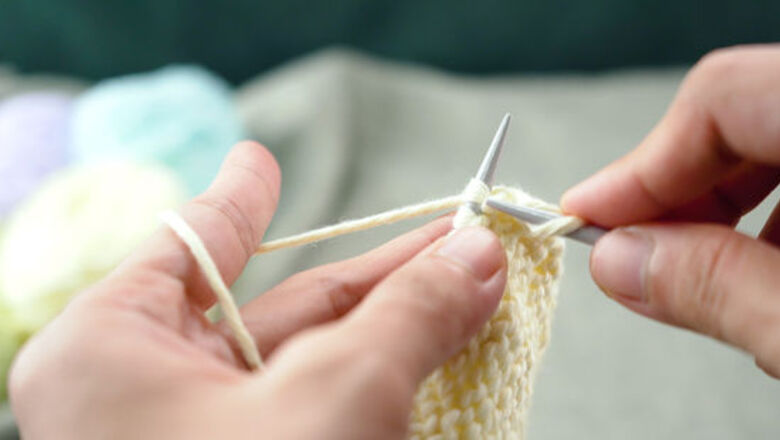
views
Using the Standard Cast Off
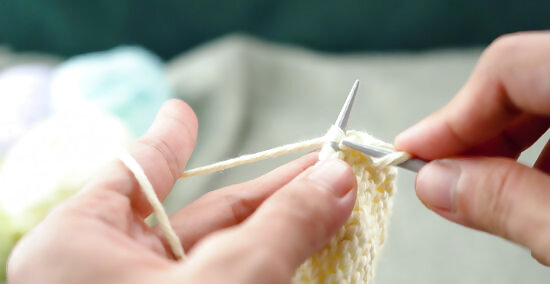
Knit the first two stitches. Start by knitting the first two stitches moving from the left needle onto the right needle.
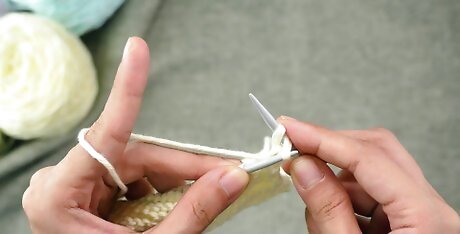
Insert the left needle into the first stitch. Push the tip of the left needle into the first stitch that you made on the right needle.
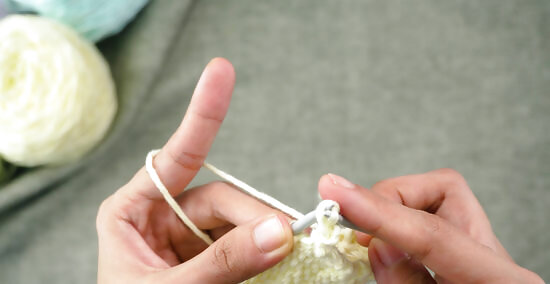
Lift the first stitch over the second stitch. To bind off the first stitch, use the needle to lift the first stitch up and over the second stitch and then drop it off the right needle. Knit another stitch from the left needle and do the same thing again.
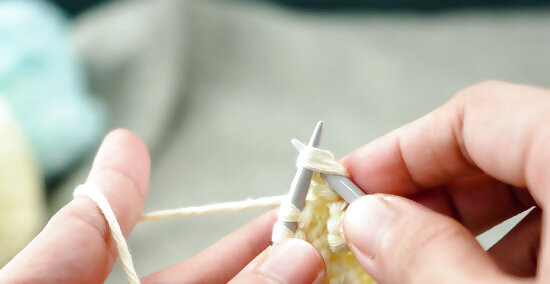
Repeat the process. Do this with each stitch until there are no stitches on the left needle and just one stitch remains on the right needle.
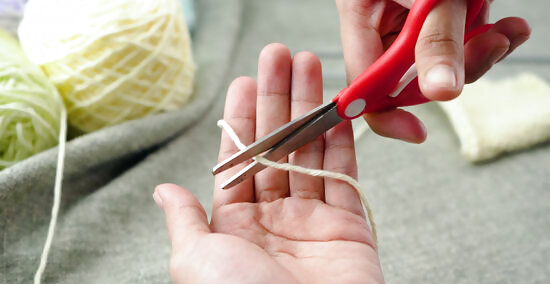
Cut the yarn, leaving a 6 inch (15.2 cm) end. With your fingers, gently pull on the last stitch to make it a little bit bigger. Then pull the end of the yarn all the way through the loop, take the needle out and pull the yarn tight. Sew a few inches of that yarn through the stitches to anchor it.
Using the Stretchy Cast Off
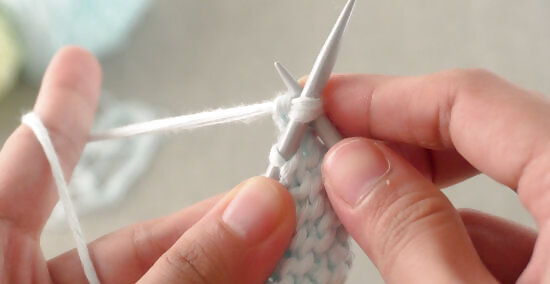
Knit two together. The stretchy cast off is a nice way to give your finished edge a little more stretch than the standard cast off method does. Start by knitting the first two stitches together. Slip the working needle behind the one that has all of your stitches on it and then loop the yarn over the needle and pull it through both stitches.
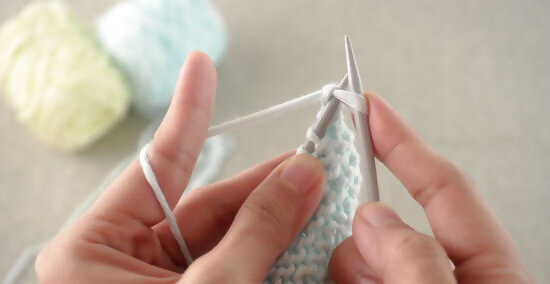
Slip the new stitch back onto the left needle. You should now have one new stitch on your right needle. Slip this stitch back onto the left needle.
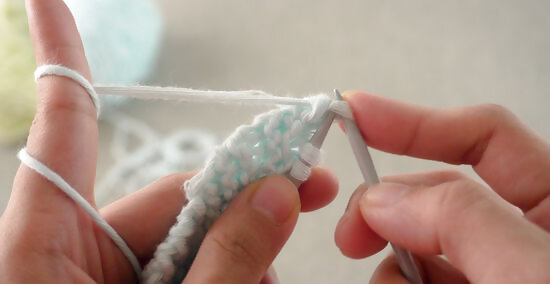
Repeat the process. To continue the stretchy cast off, repeat the process. Knit two together again and then slip the new stitch back to the other needle again. Keep going until you reach the end of your project.
Using the I-Cord Cast Off
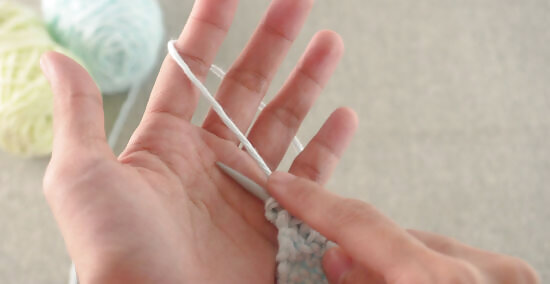
Cast on three stitches. Start by casting three new stitches onto your needle in front of the other stitches. Use the working yarn to cast on new stitches as usual.
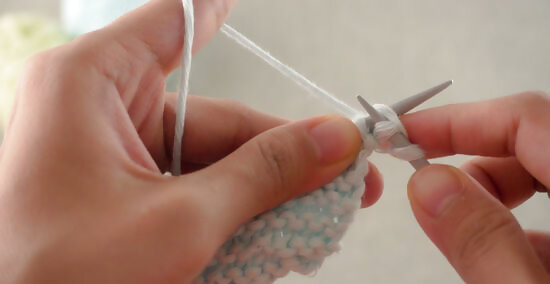
Knit two. Knit the first two stitches individually by inserting the needle into the back loop, yarning over, and pulling through the loop as you let it slide off the needle.
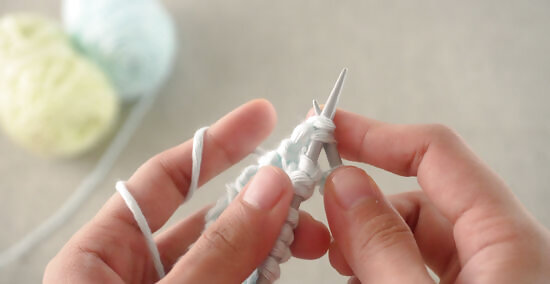
Knit two together. You will need to knit the next two stitches together for this cast off method. Insert the needle through the back of both loops and yarn over. Then, pull through both loops and let them slip off the needle as you transfer the new loop to the opposite needle.
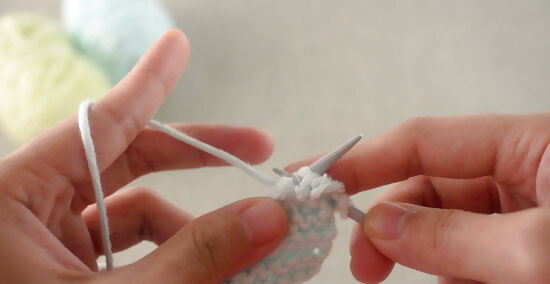
Slip stitches back onto left needle. At this point, you should have three stitches on your right needle. Transfer these back over to the left needle to continue the I-cord cast off.
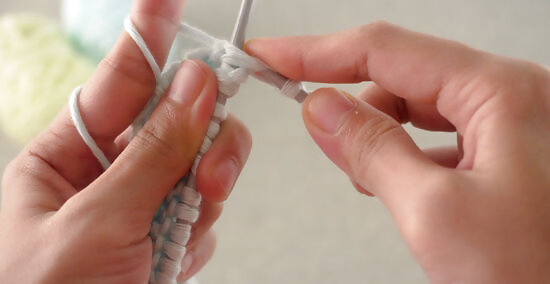
Repeat to the end. Cast on three stitches again and repeat the rest of the process as you did before. Keep repeating this sequence to the end of the project.
Using the Picot Cast Off
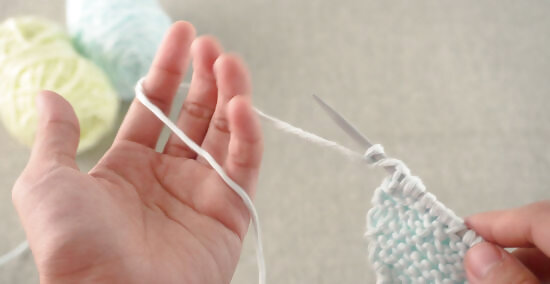
Cast on two stitches. The picot cast off creates picots (frilly edges) that are great for cuffs on sleeves and socks, or for blanket edges. Start by casting on two new stitches. Cast on as usual.
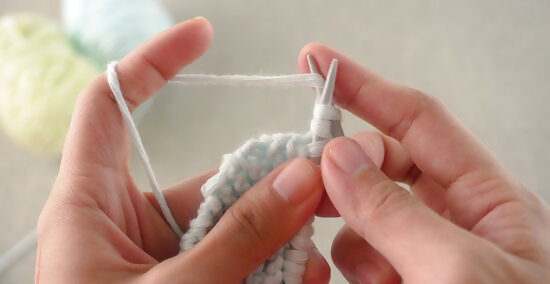
Knit two stitches. Knit the first two stitches normally. Insert the needle behind the loop, yarn over, and pull the new loop through as you let the old stitch slip off.
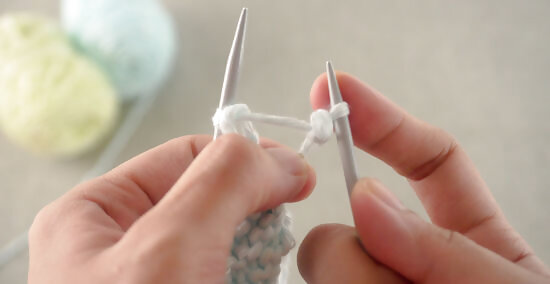
Loop the first stitch over the second stitch. Next, you will be binding off with the two new stitches you just made. Take the first stitch in your row and loop it over the second stitch in the row. Slide the first stitch off the needle as you loop it over the second stitch.
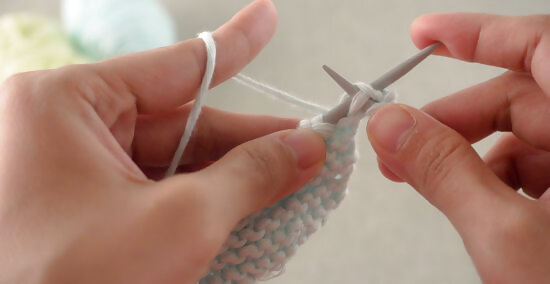
Knit one and pass the first stitch over the second stitch. To create the picots, knit one and then pass the stitch in front of it over the new stitch. Do this a total of three times to create the picots.
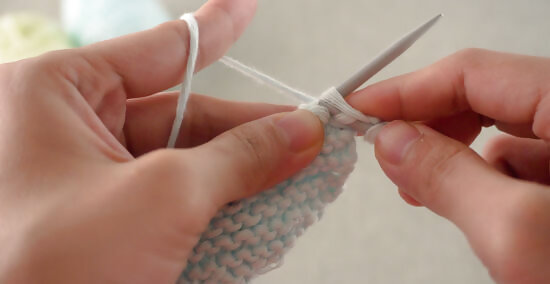
Repeat the process. After your third picot, cast on two stitches again and repeat the process. Keep going until you reach the end of your project.

















Comments
0 comment